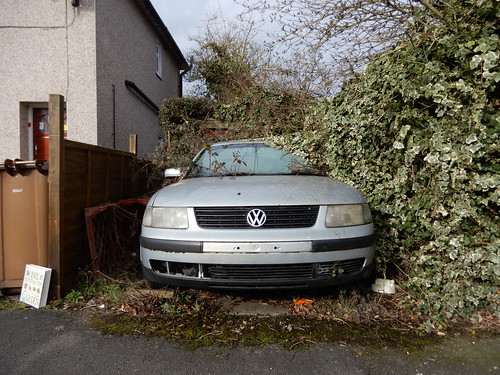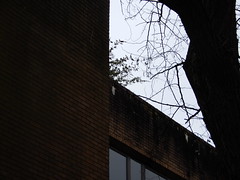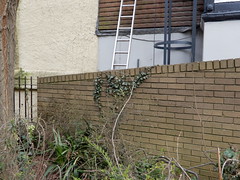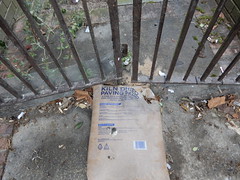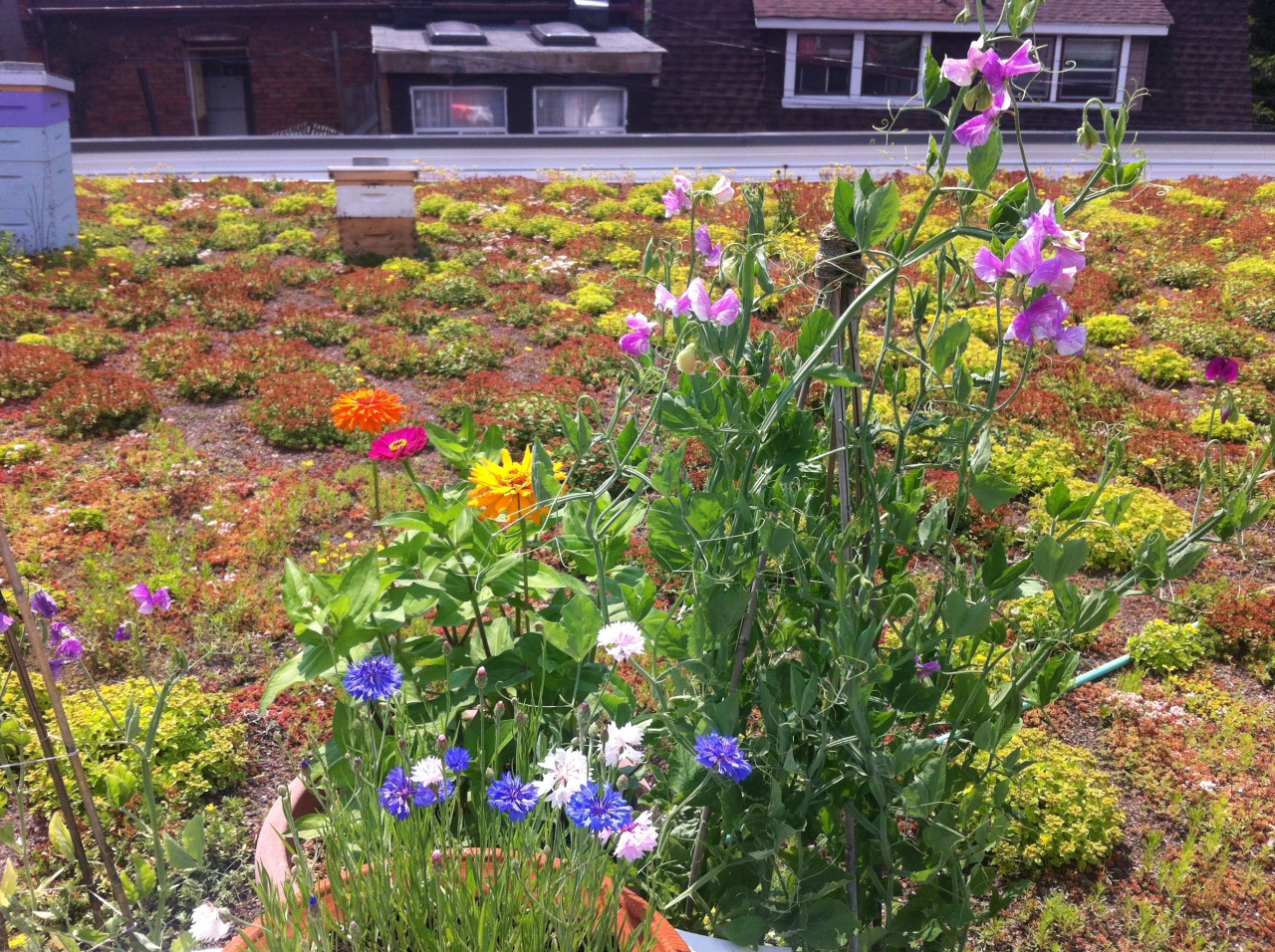Today I was helping glamorous friend define her border. Grass at the moment is drifting into beds. The lawn is without border. The mower can drift into the fruit trees, and nobody wants that.
You can do an edge cut, of course. But what a faff. She had something much better.
Flexi-border Eco-Friendly Garden Edging in Green.
Fortunately the recent wet weather meant we had moist, soft soil - perfect for working. I sunk it into a shallow trench cut by - ta-da! an edge cutter, while the keeper of the lawn pounded pegs and locked together segments. We were able to create an elegant curve around her freaktastic Redlove Apple, this year in rampant ecstatic blossom, with surprising ease. Corners were a touch harder, but all fell to order in the end.
Grass on the bed side was duly pulled and turned over, woodchips covering the worst of the weeds. The fruit trees now stood happily in smart little beds. The lawn, already beginning to ease over the base plate, it would cover over it soon. The recycled material looked pretty smart, too.
The keeper of the lawn wasn't going to mow it today - too damp, too tired. But when he did, oh the joy of knowing when and where to mow up to.
In the usual way, the daffodils naturalised into the lawn now looked a little bit out of place. A job for another day; clear them into the wildish bank at the back of the garden, along with the three-corner leeks.
For today: no further jobs please!
You can do an edge cut, of course. But what a faff. She had something much better.
Flexi-border Eco-Friendly Garden Edging in Green.
Fortunately the recent wet weather meant we had moist, soft soil - perfect for working. I sunk it into a shallow trench cut by - ta-da! an edge cutter, while the keeper of the lawn pounded pegs and locked together segments. We were able to create an elegant curve around her freaktastic Redlove Apple, this year in rampant ecstatic blossom, with surprising ease. Corners were a touch harder, but all fell to order in the end.
Grass on the bed side was duly pulled and turned over, woodchips covering the worst of the weeds. The fruit trees now stood happily in smart little beds. The lawn, already beginning to ease over the base plate, it would cover over it soon. The recycled material looked pretty smart, too.
The keeper of the lawn wasn't going to mow it today - too damp, too tired. But when he did, oh the joy of knowing when and where to mow up to.
In the usual way, the daffodils naturalised into the lawn now looked a little bit out of place. A job for another day; clear them into the wildish bank at the back of the garden, along with the three-corner leeks.
For today: no further jobs please!
















